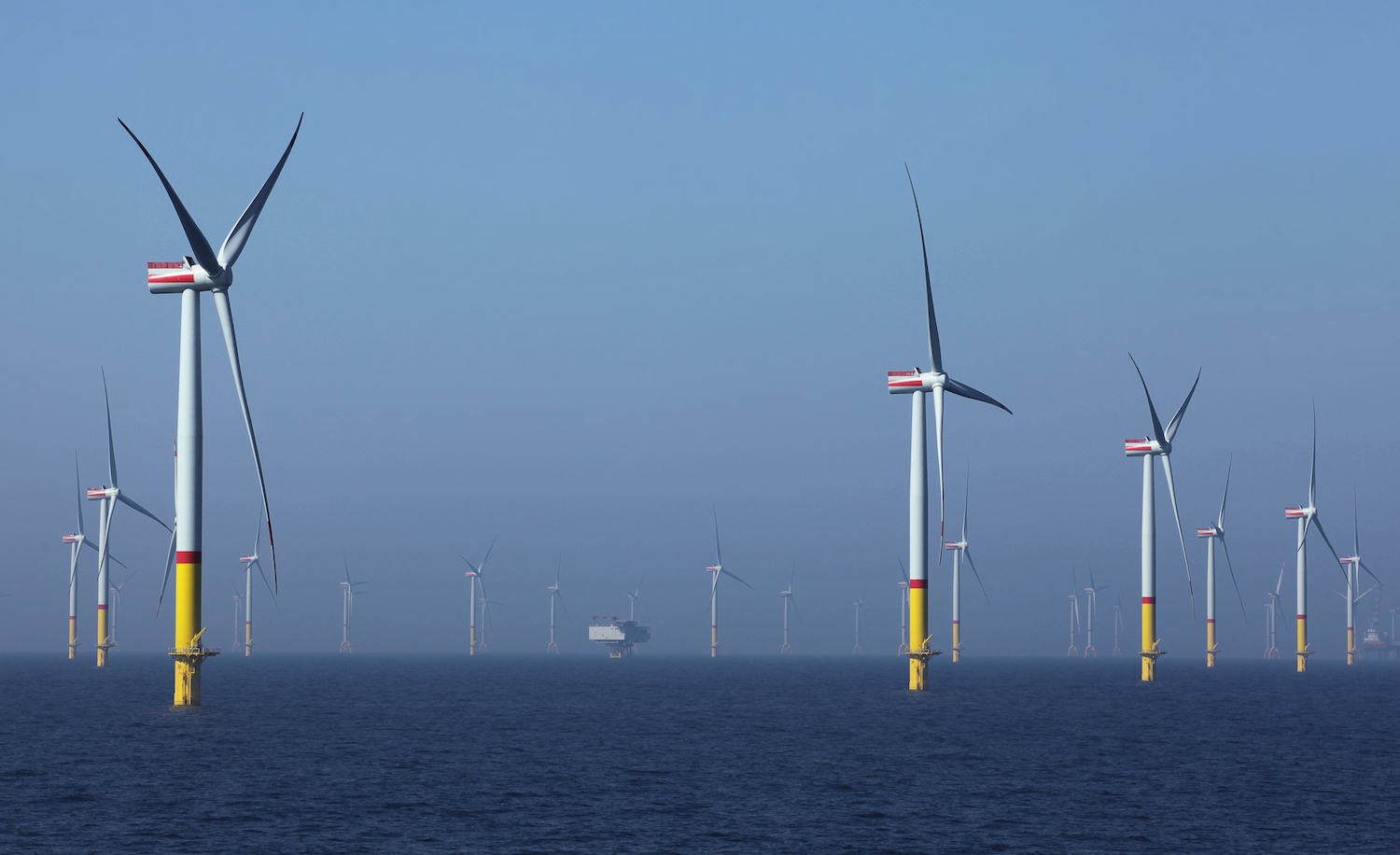National Oilwell Varco, HMH, Nekkar, Agder Energi, Windport, Origo Solutions, cDynamics and Cameron Sense are all part of the consortium led by research institute NORCE (Norwegian Research Centre AS), which also includes the University of Agder as an academic partner. Other academic partners are the University of Stavanger (Norway), Aalborg University (Denmark), and Chalmers University of Technology (Sweden).
The consortium has defined an innovation project called Building Industry for Offshore Wind Technology (BUIOWT), which aims to develop new products, solutions, and service models for the offshore wind industry.
“We see great opportunities for our cluster companies within offshore wind. Expertise from the offshore oil and gas sector, which we have loads of, can easily be transferred to the offshore wind industry. However, there are many technological challenges that must be solved along the way, and we want to address them,” says Christian von der Ohe, RD&I Manager at GCE NODE.
GCE NODE is part of the application submitted to Grønn plattform 2022, funded by The Research Council of Norway, Innovation Norway and SIVA. The purpose of the program is to stimulate research for a green transition. In total, NOK 750 million is allocated to research funds. The BUIOWT project has a budget of NOK 116 million over three years.
Other participating industry clusters and test centers are Norwegian Offshore Wind cluster, Mechatronics Innovation Lab, Future Materials catapult, and Sustainable Energy catapult which includes the METCentre at Karmøy.
“This will be one of the largest research projects of its kind in Norway. Between 50 and 70 people will be involved in the various work packages, if we are successful in the competition for the research funds,” says Rune Schlanbusch, Project Manager at NORCE.
NEW PRODUCTION MODELS
The research and development project comprises several work packages. GCE NODE will head a work package focused on developing business models linked to the entire value chain of offshore wind.
“This is relevant for all companies that would like to be a part of the offshore wind industry,” says von der Ohe.
Participating companies will work on models for profitable large-scale production of components for offshore wind, and equipment for the installation and maintenance of wind turbines at sea. Data capture, digitization and automation solutions for profitable and safe operations are also included in the work packages.
“This project will strengthen the companies’ ability to do serial production, reduce cost for installation, operating and maintenance, and increase safety for workers in the installation phase,” says von der Ohe.
He sees great market opportunities for the Norwegian supplier industry. “Development and operation of new renewable energy is the most critical factor for the green transition and will be in high demand in Europe for many decades to come.”
VALUABLE INPUT FROM SFI OFFSHORE MECHATRONICS
Several consortium participants have first-hand experience from large research programs, having been part of the 8-year SFI Offshore Mechatronics project, headed by the University of Agder. The SFI project aimed to develop the next generation advanced offshore mechatronic systems for autonomous operation and condition monitoring of equipment. Output from the SFI program, along with the Agder offshore wind collaboration established through the project Fremtidens Havvind, provide a valuable foundation for new research and innovation projects.
“Even though SFI Offshore Mechatronics focused on technology development for the offshore oil and gas industry, its results are important for offshore wind. There are many similar challenges, for instance within hydraulic systems, wave compensation and lifetime analyzes of installations and equipment,” says von der Ohe.



